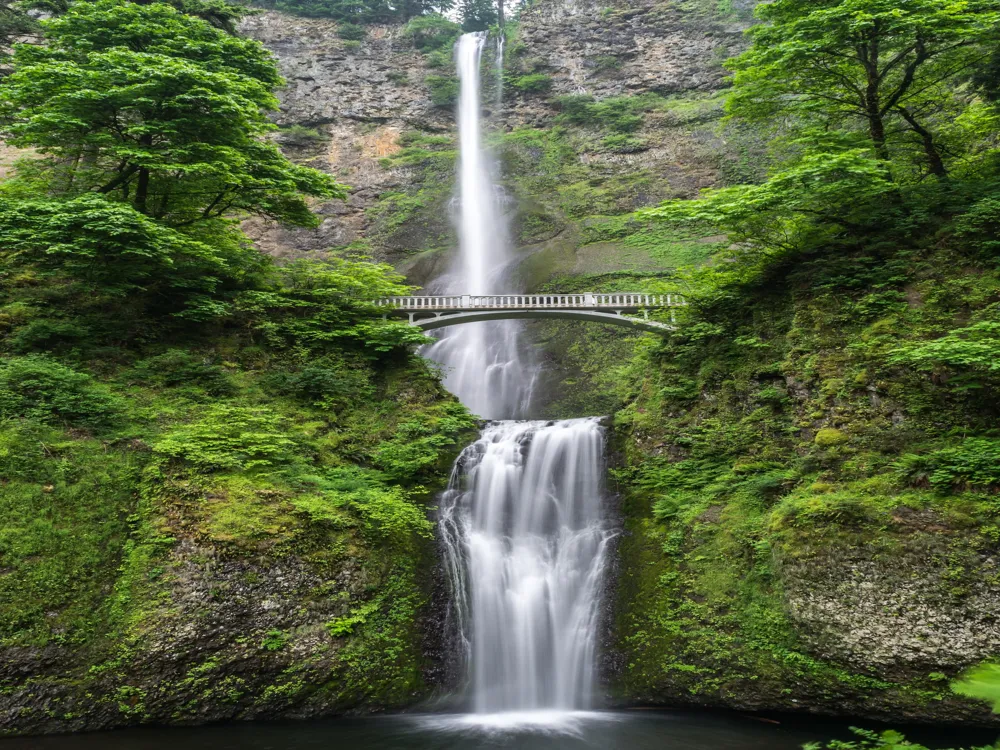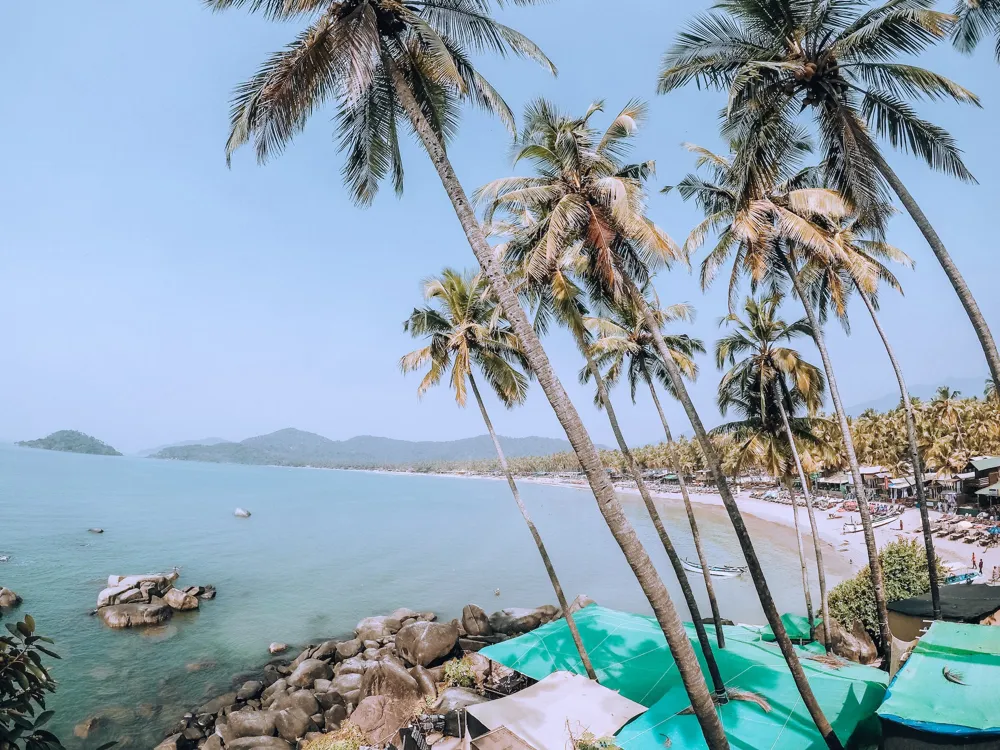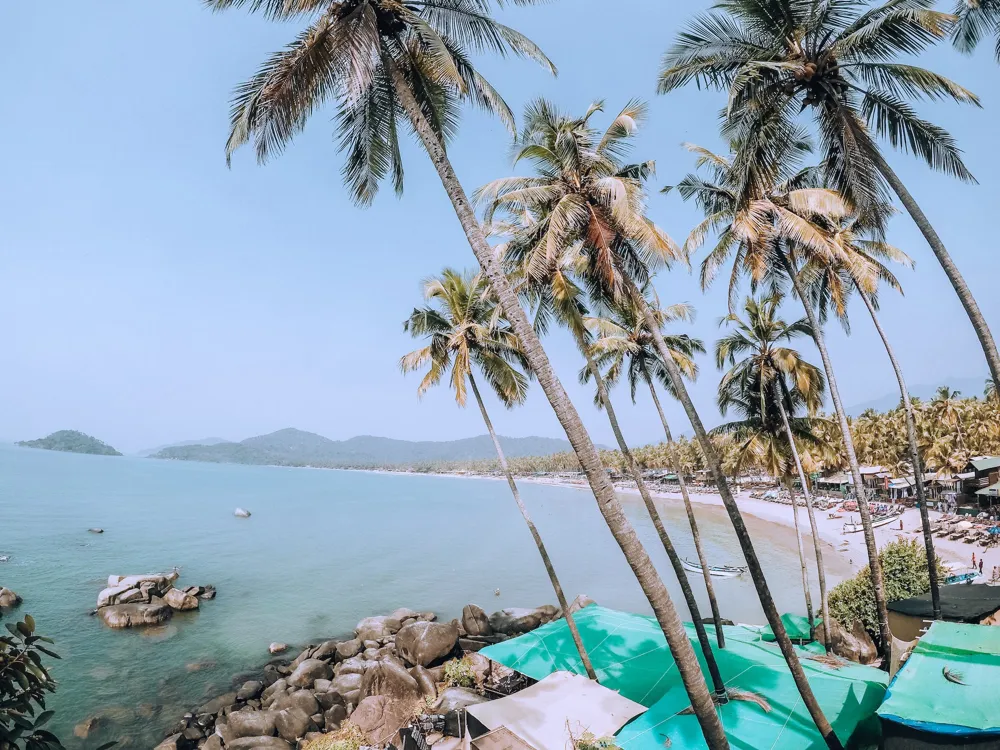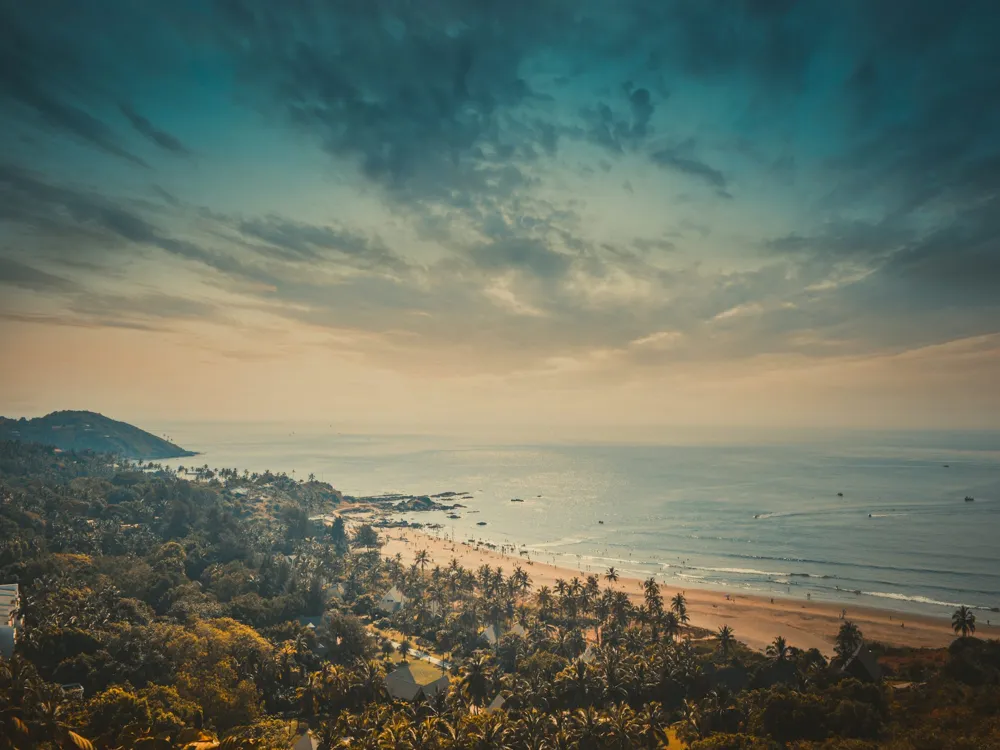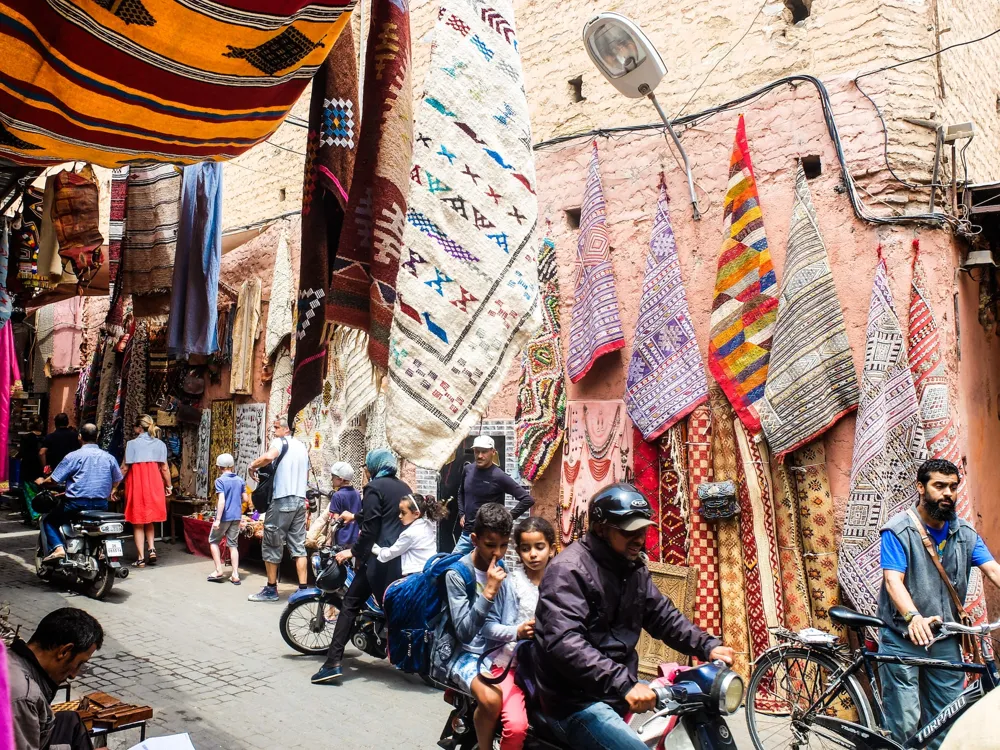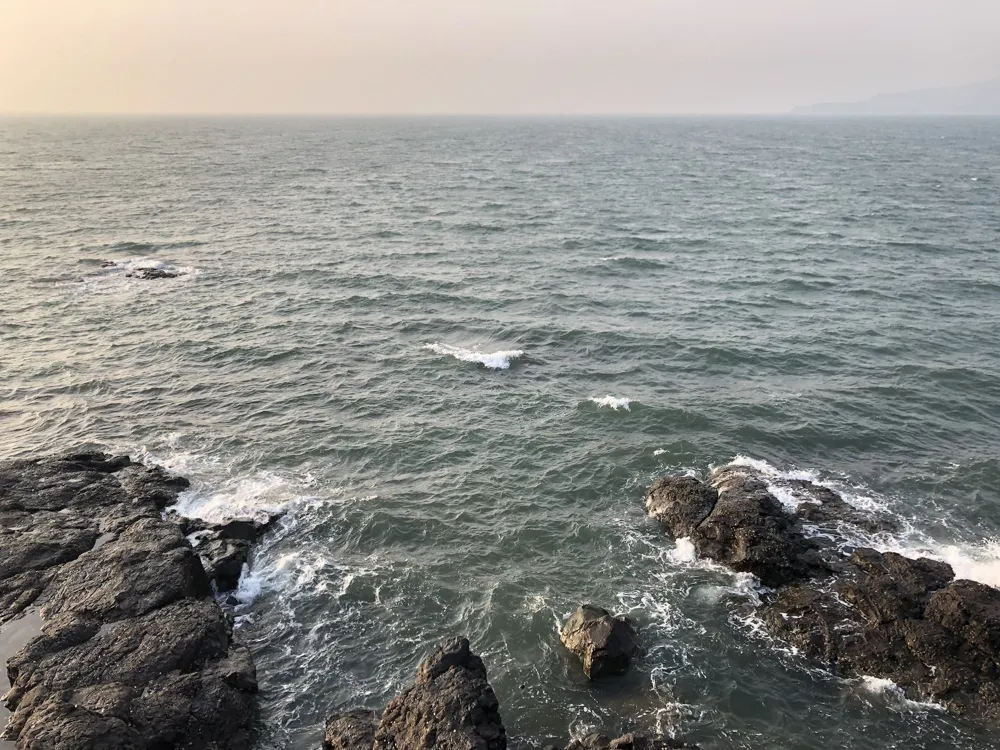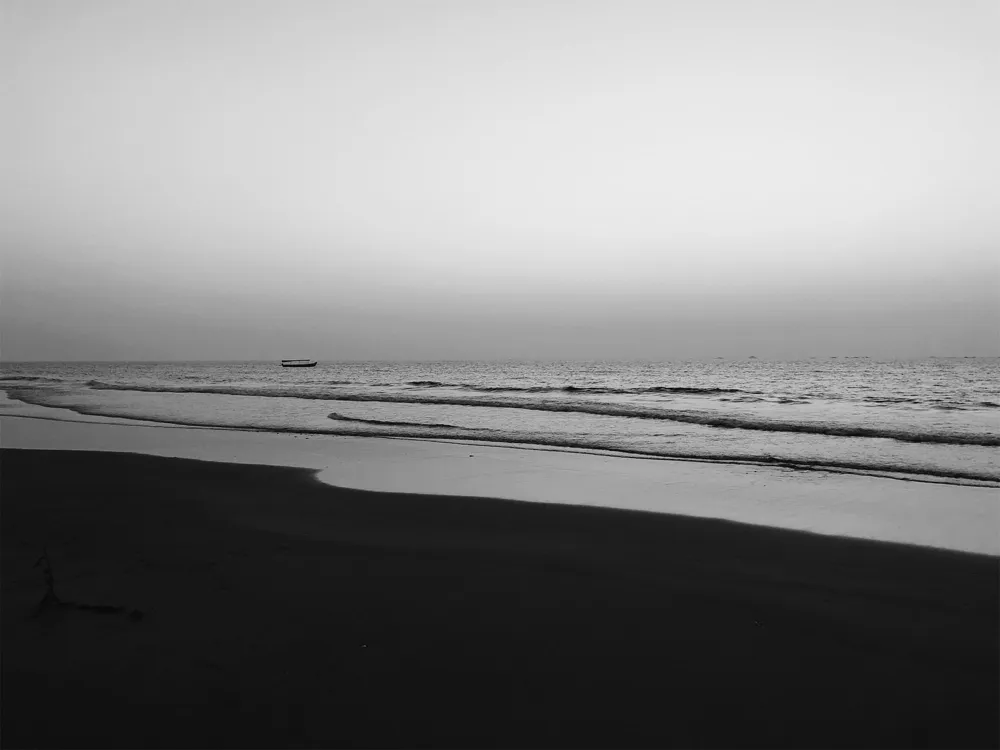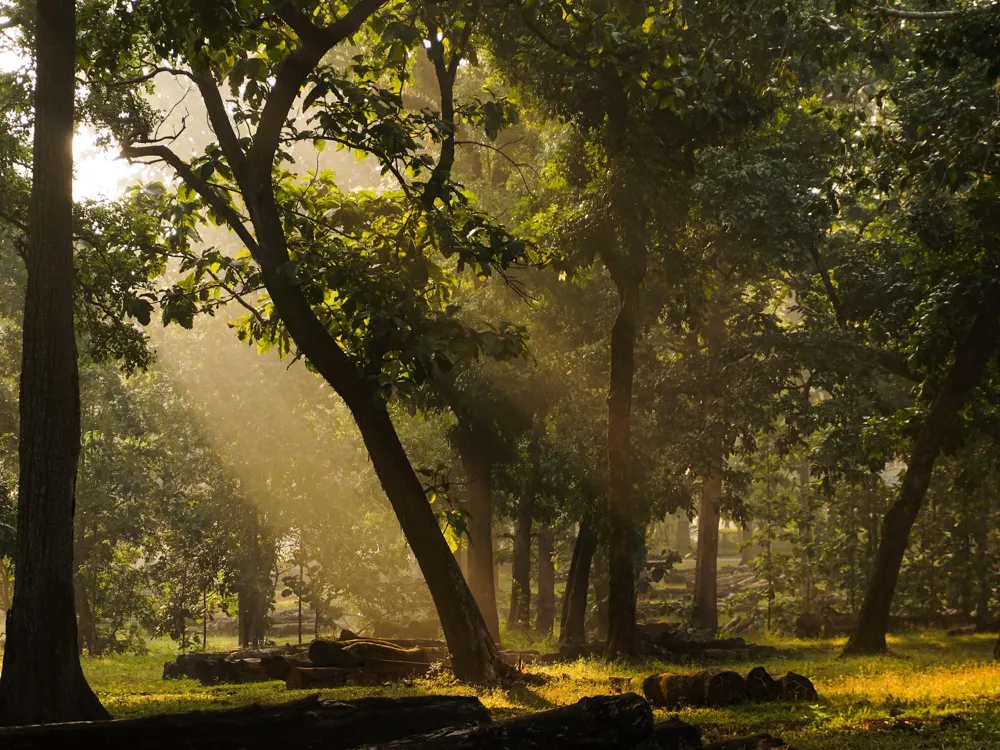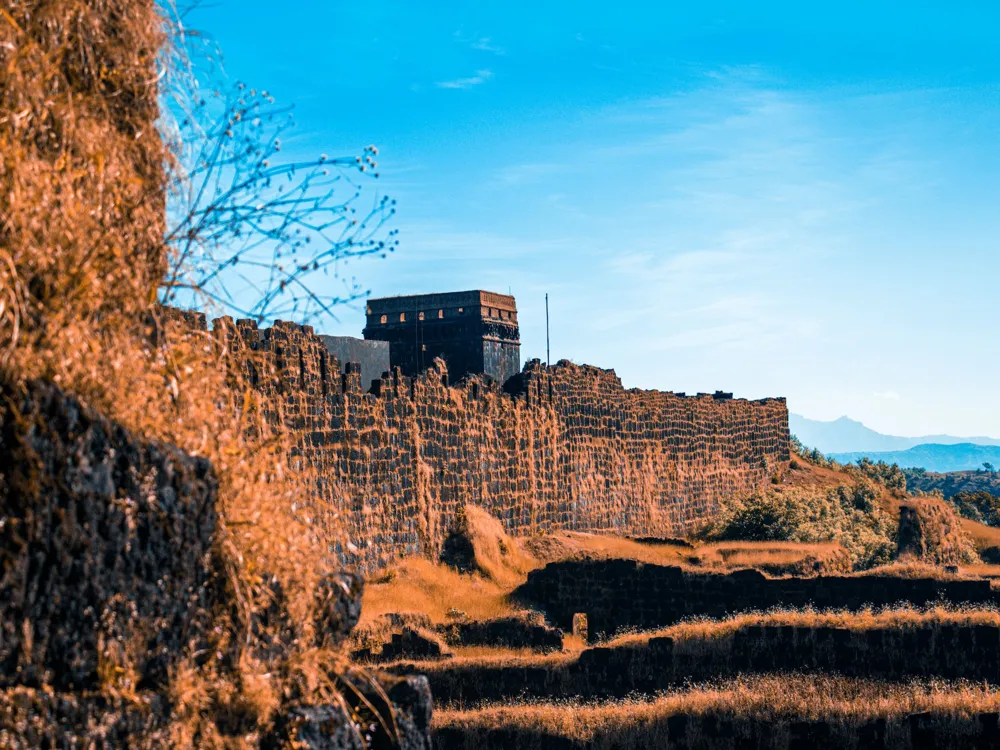Welcome to Goa, a tropical paradise that promises a blend of serene beaches, vibrant nightlife, and rich history. Known for its breathtaking coastline which stretches along the Arabian Sea, Goa is not just a destination; it's an experience. The region is divided into two main parts: North Goa and South Goa, each offering distinct flavors of Goan culture and lifestyle. North Goa, the more bustling part of the state, is famous for its lively markets, colorful festivals, and vibrant nightlife. Towns like Calangute, Baga, and Anjuna are hotspots for tourists seeking adventure, shopping, and entertainment. The beaches here are lined with shacks offering delicious Goan cuisine, and the night markets are a treasure trove of handicrafts, clothes, and local artifacts. In contrast, South Goa is the quintessence of tranquility. Pristine beaches like Palolem and Agonda offer a more laid-back atmosphere, perfect for those looking to unwind. The South is also home to some of the most luxurious resorts and spas, making it ideal for a relaxing retreat. Goan cuisine, a delightful mix of Portuguese and Indian flavors, is a must-try. Dishes like Goan fish curry, pork vindaloo, and bebinca (a traditional dessert) are not just meals; they are stories on a plate, each narrating a different aspect of Goa's rich cultural heritage. Goan architecture is a testament to its historical Portuguese influence. The state is dotted with stunning churches, old mansions, and forts. The Basilica of Bom Jesus, a UNESCO World Heritage Site, and Fort Aguada are notable examples of this architectural blend. The architectural landscape of Goa is a harmonious blend of Portuguese and Indian styles, reflective of its historical past. The Portuguese colonized Goa in the 16th century, and their influence is evident in the region's distinct architectural style. The Portuguese impact on Goan architecture is most prominent in its churches, forts, and old villas. Structures like the Basilica of Bom Jesus, Church of St. Francis of Assisi, and the Se Cathedral are distinguished by their baroque and rococo styles, with ornate altars, gilded artworks, and intricate carvings. Traditional Goan homes, often painted in bright hues, feature spacious balcaos (porches), oyster shell windows, and red-tiled roofs, reflecting a unique amalgamation of Indian and Portuguese architectural elements. These homes are designed to stay cool in the tropical climate and often feature large family spaces, a testament to the Goan ethos of warmth and hospitality. Goa's coastline is dotted with fortresses like Fort Aguada and Chapora Fort. These were primarily built for defense and offer panoramic views of the surrounding seascape. Many of these forts are now popular tourist spots, standing as silent witnesses to Goa's tumultuous history. In recent years, Goa has seen a blend of contemporary architecture with traditional designs. New developments often incorporate sustainable materials and designs that pay homage to Goa's architectural heritage while providing modern amenities. The best time to visit Goa is from November to February. The weather is pleasantly cool, and the state is buzzing with festivities, including the famous Goa Carnival and Sunburn Festival. While taxis are available, renting a scooter or a bike is a popular and convenient way to explore Goa. Always wear a helmet and carry your license. For longer distances, private taxis or app-based cabs can be a comfortable option. Respect local customs and traditions. Dress modestly when visiting religious sites, and always ask for permission before taking photographs of locals. Always swim in designated areas and follow lifeguard instructions. The sea can be unpredictable, so it's best to stay cautious. Goa's tropical climate can be dehydrating. Drink plenty of water, especially if you spend a lot of time outdoors or on the beach. Goa is well-connected by air, road, and rail. The Dabolim Airport is well connected to major Indian cities and some international destinations. By train, Goa is accessible via two main stations: Madgaon and Thivim. For road travelers, Goa is connected through national highways and picturesque coastal roads, offering an exhilarating experience for those who prefer a road trip.Overview of Goa
North Goa: A Vibrant Cultural Hub
South Goa: Serenity and Scenic Beauty
Goan Cuisine: A Culinary Delight
Goa's Architecture: A Blend of East and West
Architecture of Goa
Portuguese Influence
Traditional Goan Homes
Fortresses and Heritage Sites
Modern Architectural Developments
Tips When Visiting Goa
Best Time to Visit
Transportation Tips
Local Etiquette
Beach Safety
Stay Hydrated
How To Reach Goa
Calangute Beach
North Goa
Goa
NaN onwards
View goa Packages
Weather :
Label : Must Visit
Tags : Beach
Best Time to Visit : After monsoon to enjoy the water sports
Facilities : Changing Rooms are available at a cost of INR 25 per person
Loungers and Sunbeds
Beach Shacks
Water Sports
Two-wheeler and four-wheeler parking
Water Sports Cost (Approx) : Jet Ski: INR 300 for a ride without a professional rider along
Banana Ride: INR 450 per person
Parasailing: INR 1000 (including boating+parachute)
Planning a Trip? Ask Your Question
Goa Travel Packages
View All Packages For Goa
Top Hotel Collections for Goa

Private Pool

Luxury Hotels

5-Star Hotels

Pet Friendly
Top Hotels Near Goa
Other Top Ranking Places In Goa
View All Places To Visit In goa
View goa Packages
Weather :
Label : Must Visit
Tags : Beach
Best Time to Visit : After monsoon to enjoy the water sports
Facilities : Changing Rooms are available at a cost of INR 25 per person
Loungers and Sunbeds
Beach Shacks
Water Sports
Two-wheeler and four-wheeler parking
Water Sports Cost (Approx) : Jet Ski: INR 300 for a ride without a professional rider along
Banana Ride: INR 450 per person
Parasailing: INR 1000 (including boating+parachute)
Planning a Trip? Ask Your Question
Goa Travel Packages
View All Packages For Goa
Top Hotel Collections for Goa

Private Pool

Luxury Hotels

5-Star Hotels

Pet Friendly





